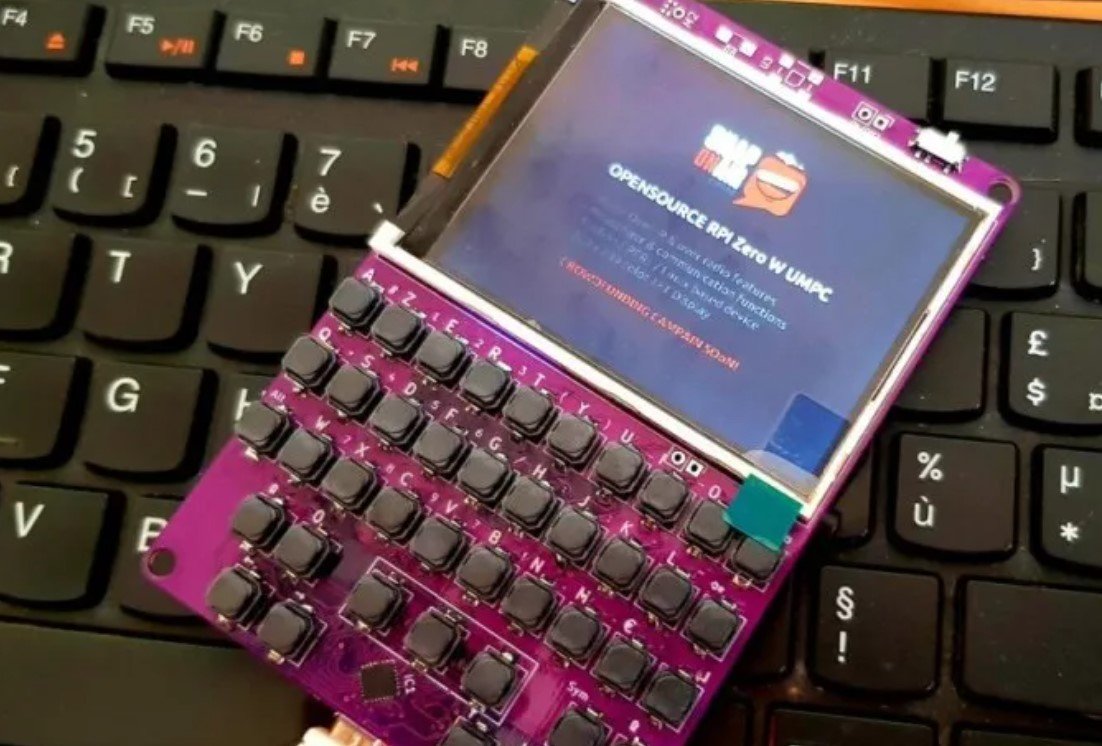Most of us think that juggling a million tabs, apps, and notifications means we’re being productive. You sit down with your laptop, social apps open, phone buzzing nearby, ready to respond instantly. But, surprise—half your time vanishes in endless checking and rechecking your messages instead of writing or working.
That’s exactly why the concept of a “writer’s deck” is gaining traction. It’s a simple, stripped-down setup that cuts out distractions, leaving just a keyboard and a blank screen for pure writing focus. One content creator, known as EposVox, decided to build his own version. It’s not perfect yet, but it’s a promising glimpse into how minimalism can boost productivity in a noisy digital world.
The Temptation of Digital Overload
There’s no shortage of distractions nowadays. Notifications ping, messages pop up, and your brain keeps flipping between tasks like a hyperactive DJ. Studies show that multitasking often cuts productivity by up to 40%. Crazy, right? You’d think more devices mean getting more done. But it’s the opposite.
EposVox, a tech YouTuber, found himself stuck in this endless loop. He wanted a way out—a space where he could focus on writing without the constant interruptions from social media or email. His solution? A device dedicated purely to writing, with no other apps, no browser tabs, just words.
It’s a pretty neat idea, and actually, one that’s been around in different forms for decades. Remember those old word processors or distraction-free writing apps? The writer’s deck takes that a step further by physically limiting what you can do. Instead of being tempted by multiple windows and apps, you’re forced to put pen to paper—or rather, fingers to keys.

How EposVox Built His Minimalist Writing Setup
He started with what he had: a spare Raspberry Pi 3B, which is a tiny, affordable computer often used for DIY projects. It’s small, lightweight, and can run basic programs easily. He hooked it up to a Waveshare 11.9-inch screen. Now, this isn’t your usual laptop screen. It’s a slim, narrow display with an unusual resolution of 320×1480 pixels.
Why so odd? The idea was to have the screen fold down over the keyboard, kind of like a laptop lid. For the keyboard, he picked a Keychron K3 Ultra Slim wireless model, which is known for being compact and pleasant to type on.
Sounds perfect, right? Well, not quite.
The hinges he chose didn’t work as planned. Instead of folding neatly, the screen ended up pressing into the function keys on the keyboard. That crushed feeling wasn’t just figurative—it was literal. So, while it doesn’t fold into a neat, portable package yet, the setup still works as a focused writing tool.
Why This Kind of Minimalism Matters
Taking away the noise feels liberating. Imagine sitting down with a machine that says, “Write. Nothing else.” It’s a challenge but also a relief for anyone drowning in digital clutter.
The writer’s deck idea taps into a growing movement called digital minimalism—people trying to reduce screen time and focus on meaningful work instead of endless scrolling. Experts like Cal Newport have long championed this approach, highlighting how distractions chip away at creativity and deep thinking.
For EposVox, this project was also about controlling his environment. Instead of apps deciding when he gets distracted, he decides. It’s like setting up a room with just a desk and a lamp, no TV or phone to grab your attention.
Plus, the physical separation from usual devices can trick your brain into a different mindset. You’re not just switching windows; you’re switching “modes.” Writer mode.
Comparing This Setup to Other DIY Portable Computers
This isn’t the first time hobbyists have tried turning spare parts into specialized machines. Just recently, someone else converted an M4 Mac Mini into a portable computer with matched screen and keyboard size. Their hinges, however, did the job well, allowing smooth folding and portability.
Here’s a quick table comparing the two projects:
| Feature | EposVox’s Writer Deck | M4 Mac Mini Portable Setup |
|---|---|---|
| Screen Size | 11.9-inch, narrow, 320×1480 px | Larger, matched to keyboard |
| Keyboard | Keychron K3 Ultra Slim wireless | Standard keyboard |
| Folding Mechanism | Hinges problematic, no neat fold | Hinges work well, portable design |
| Purpose | Distraction-free writing | Portable general use |
| Portability | Limited due to hinge issues | High portability |
This comparison shows how tricky it can be to get everything just right, but also how much potential there is.
What’s Next for Writer Decks and Productivity Tools?
EposVox says he’s not done yet. He plans to tinker more with hinges and maybe try different screens. This DIY spirit is what fuels so many innovation leaps in tech.
At the same time, the writer’s deck sparks a conversation about how much gear we really need. Maybe the future isn’t about packing every app and tool into one device, but about creating spaces for focused, distraction-free work.
It’s like carving out a quiet corner in a noisy café. Sometimes, you just need a little peace to get the words flowing.
Would you trade your multi-tab madness for a simple writing deck? It’s worth a thought.
































